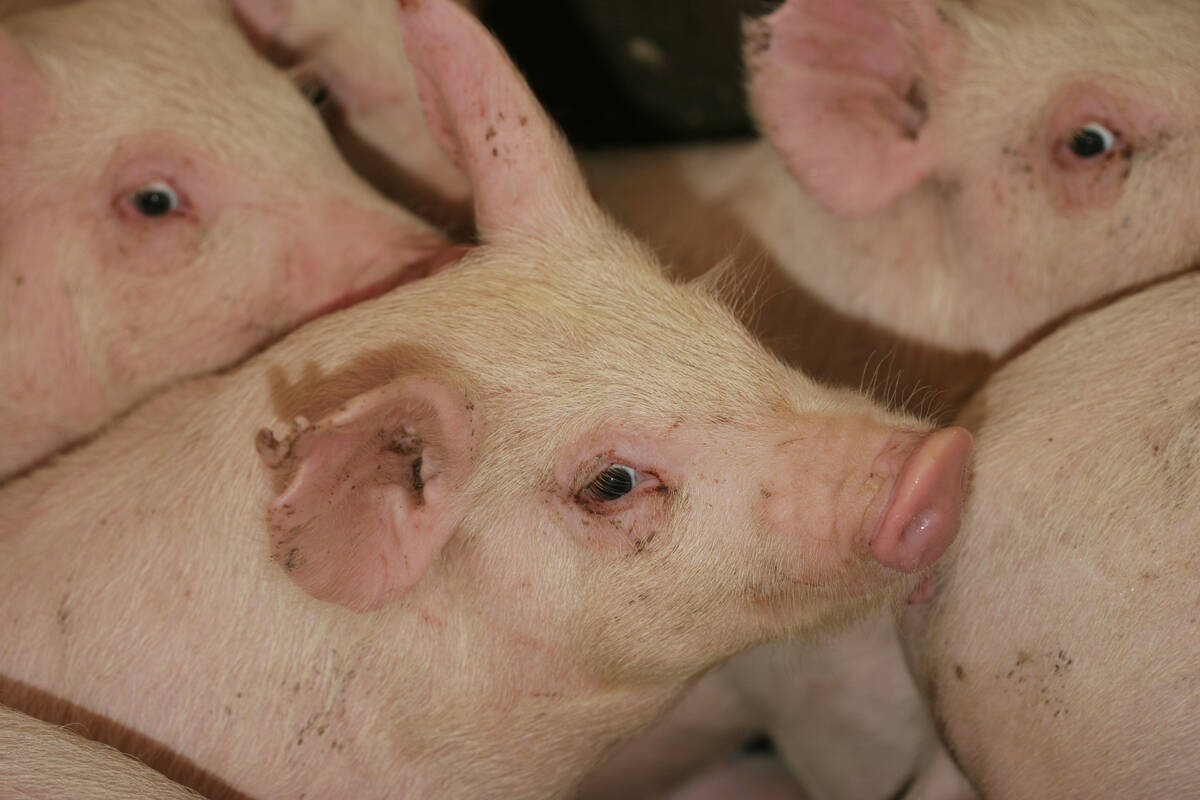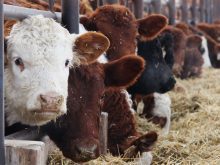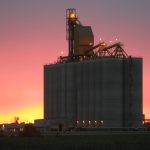Understanding the interactions among minerals ingested by cattle can pay dividends for herd health.
Patty Smith, business development manager at Blair’s Fertilizer at Lanigan, Sask., encouraged producers to study mineral supplement labels and learn when they are in good balance with one another.
“That affects the ability of the minerals to be absorbed by the beef cow,” said Smith, a featured speaker at the Saskatchewan Beef and Forage Symposium Jan. 21.
As an example, she cited how four parts copper and one part molybdenum are necessary for balance in an animal.
Read Also

The Western Producer Livestock Report – September 25, 2025
The U.S. national live price average for barrows and gilts was $81.21 Sept. 17. It was $78.37 Sept. 9. U.S. hogs averaged $106.71 on a carcass basis Sept. 17, up from $106.10 Sept. 9.
Smith said the declining fertility of pastures and hay lands over the last 60 years means it is important to do regular analyses of feed and water sources to assess nutrient levels.
“Animal manure and urine does return some fertility back to the soil but not at the level we are taking it out.”
Smith said producers are moving to forage based feeding systems and extending their grazing systems to reduce their costs.
Taking grain out of rations for mature cows means all nutrients come from hay and pasture land or stockpiled forages.
To compensate for shortfalls, she recommended a year-round mineral program for herds. With that, farmers should see 20 to 50 pounds of improvement in cows and a reduction in the number of open cows. They should also expect to see fewer pasture treatments for ailments like foot rot and pinkeye.
“There is an upfront cost but I encourage the producer to always measure his mineral program,” she said.
Smith called molybdenum, which can be toxic for animals at high levels, a real concern that can affect performance.
“We’re better off knowing if it is an issue on our farms and ranches because the economic losses of ignoring it are too significant.”
Dr. Steve Hendrick of the Western College of Veterinary Medicine also recommended mineral supplements for cows.
He detailed his research exploring links between reproduction rates and a trace mineral program. Studying 800 cows from 40 herds in southern and eastern Saskatchewan, he found thin cows were 21/2 times more likely to be open than fat ones.
He also found young and old cows more likely to be open at pregnancy checks.
Hendrick found many thin cows had copper deficiencies, and those not given mineral supplements were two times more likely to be deficient.
“It seems to give some bang for your buck,” he said of mineral supplements for herds.
He also stressed the need for producers to pay close attention to the general well-being of cows, especially the younger ones.
“Having adequate body condition and weight is important to cycling and getting back in calf,” he said.














